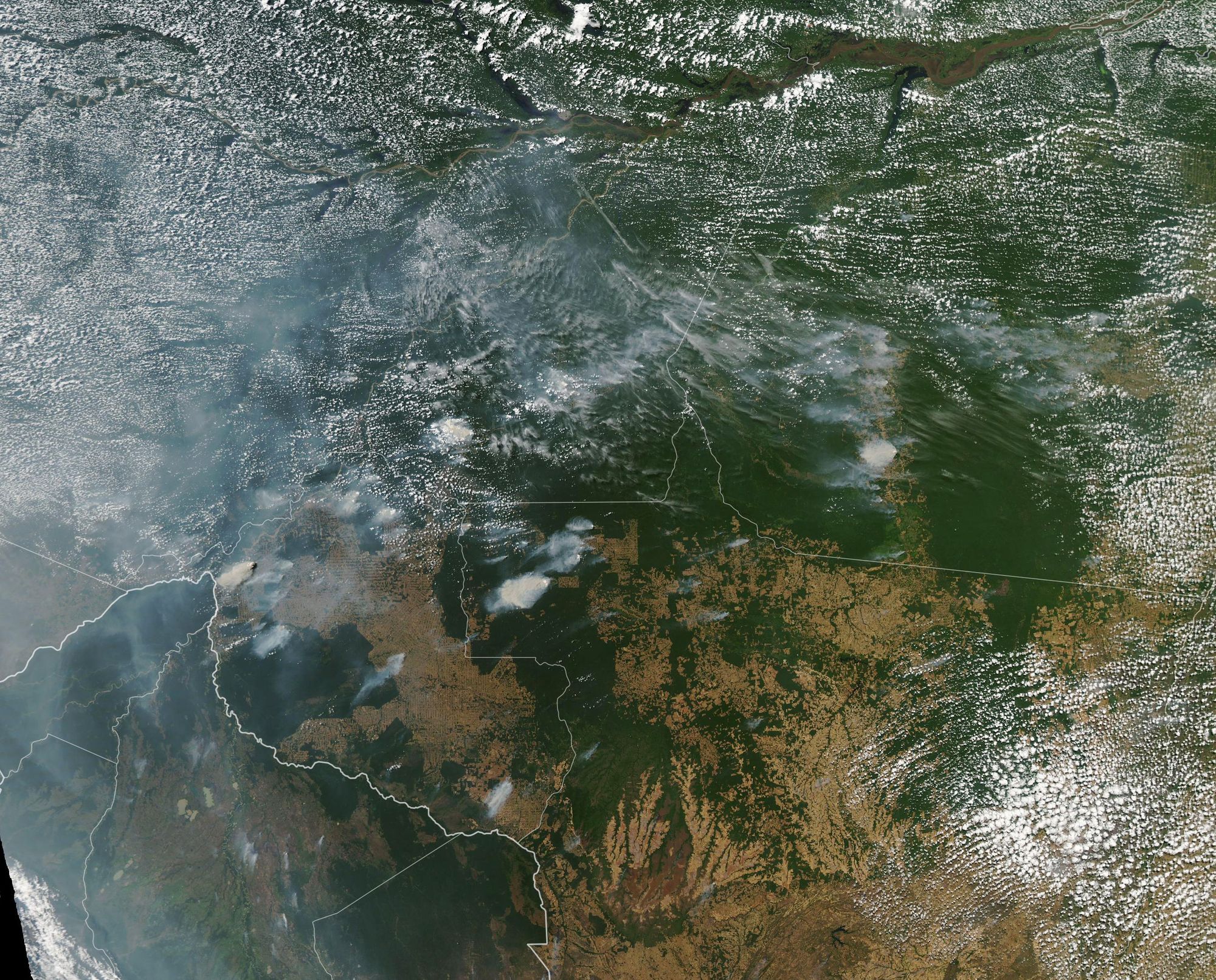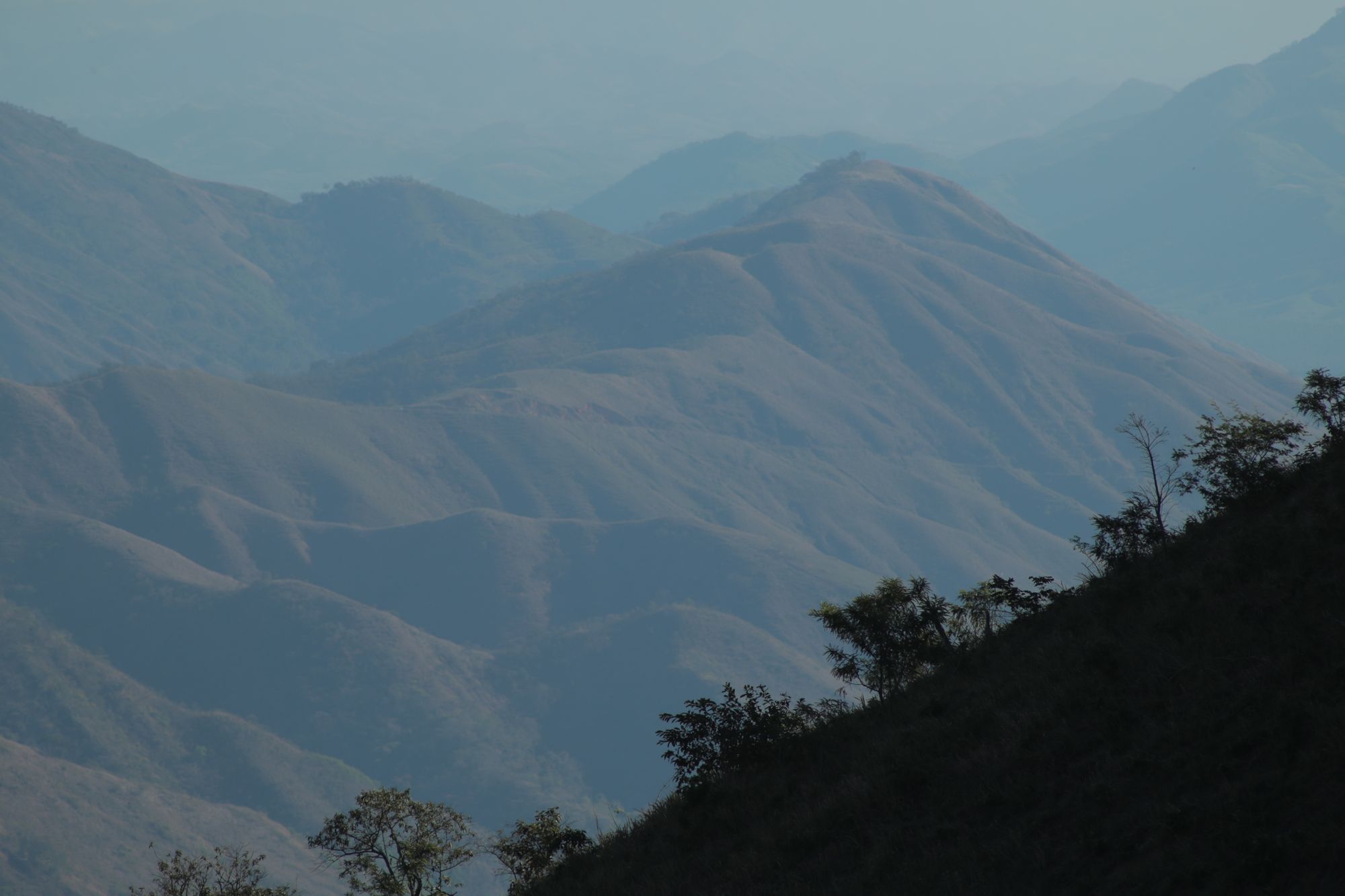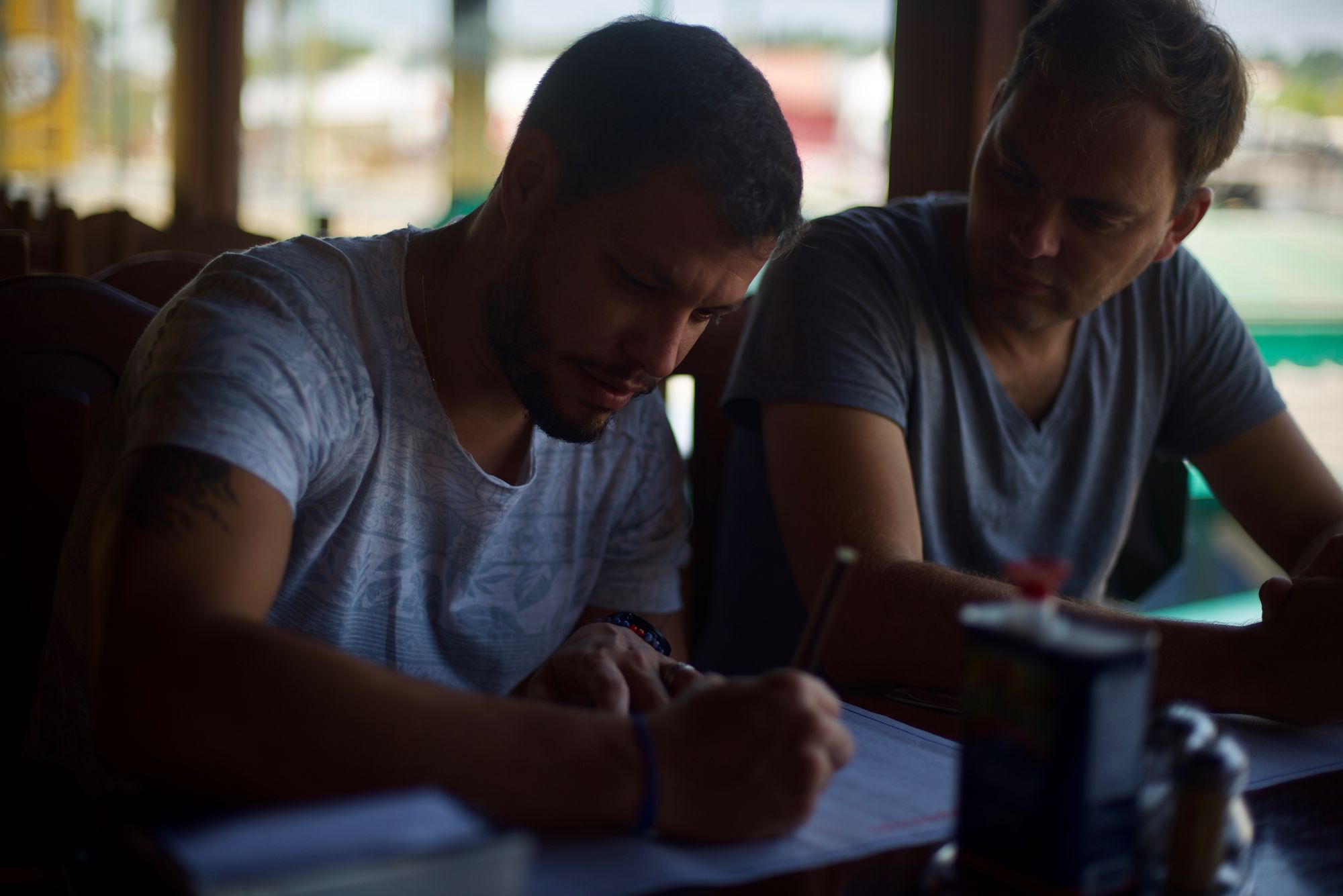The Amazon forest is burning up at an alarming rate. Satellite images published by NASA show devastating fires in the Amazon between the borders of Paraguay and Brazil.
The images come only a week after the director of Brazil’s National Space Research Institute (INPE) was dismissed by Jair Bolsonaro’s government in the midst of a controversy over its satellite data.
The images showed a rise in Amazon deforestation, which the far-right government vehemently denied and dismissed as “lies”.

It is yet unclear whether the current fires were set intentionally or whether they are a consequence of rising temperatures.
Data published by INPE and other environmental organizations shows that the Amazon is indeed burning at an alarming rate in Brazil.
This year, 72,843 fires have been detected, which is an increase of 83% for the same period in 2018. It’s the highest number of fires since the INPE started recording them in 2013.

The country’s ruralistas - Brazil’s agricultural industry - has historically had a strong influence. Dubbed the farm of the world, Brazil depends on the export of meat and soy (mostly for animal fodder) to the entire world, the European Union being one of its biggest export markets.
Additionally, Bolsonaro’s government is reversing previous governments’ policies to enforce environmental regulations. Conservation organizations and environmental agencies in Brazil have been weakened after barely half a year in government.
Today, civil organizations feel they can “no longer contribute to Brazil’s environmental policies”, as Severino Ribeiro told us, director of PACTO Mata Atlântica, Ecosia’s tree planting partner in Brazil.
Overall, there is a sense of insecurity. With weak law enforcement under Bolsonaro, environmental organizations fear that ruralistas - who hold large amounts of Brazil’s forested territory - might feel empowered to set fires on their lands. Either to make space for cattle holding or to allow mining and logging activities in exchange for quick financial gains.

Scientists consider the Amazon Forest to be the lungs of the world. It pulls carbon dioxide out of the air and stores it beneath the soil, which is why protecting it is vital to preventing climate breakdown.
With three million species of plants and animals, the Amazon is the largest rainforest in the world and home to a million people.
Brazil's forests are some of the worlds most biodiverse, which is why at Ecosia we are planting an additional one million trees there to help regenerate lost biodiversity and as a sign against policies that ignore environmental deterioration.
